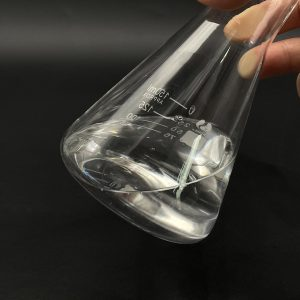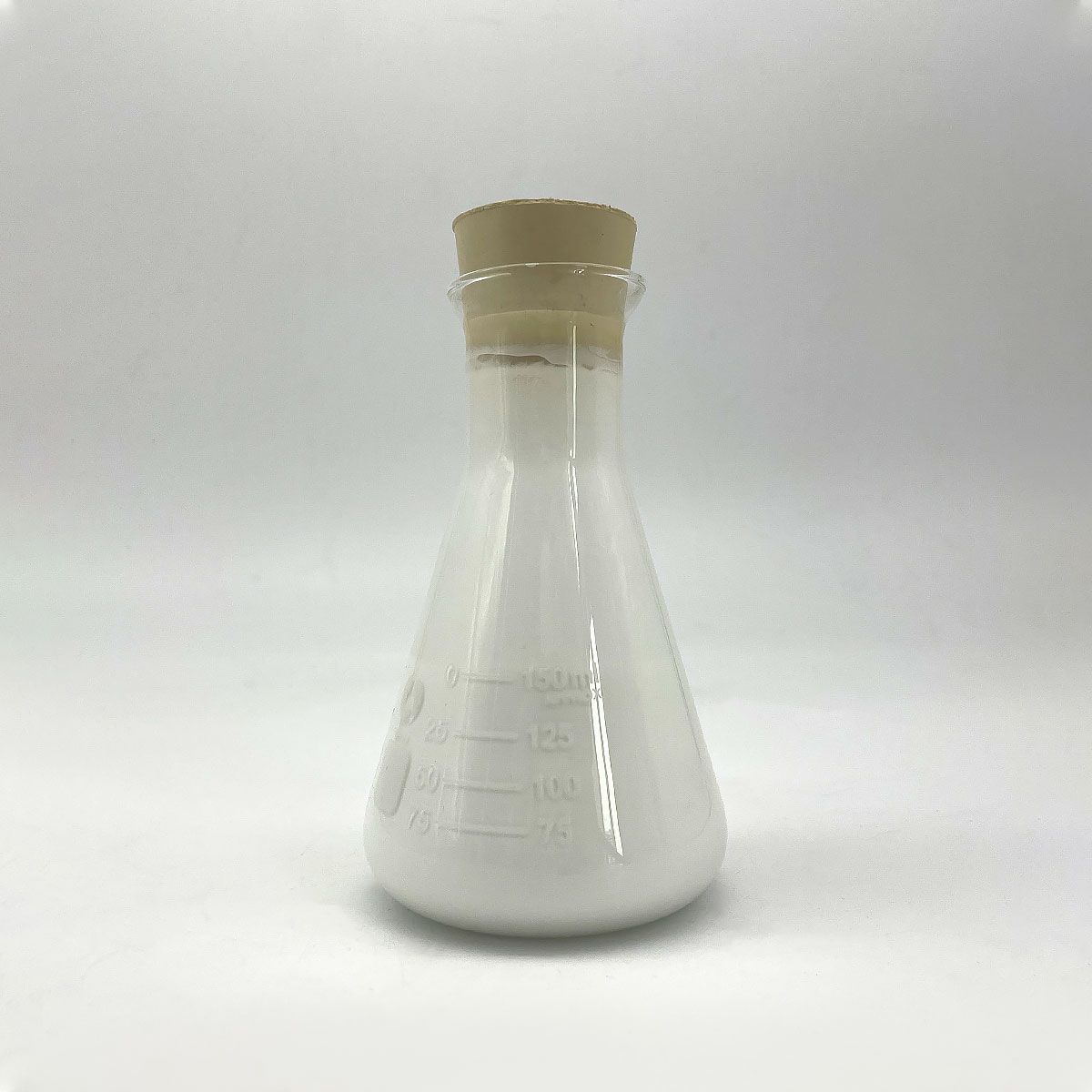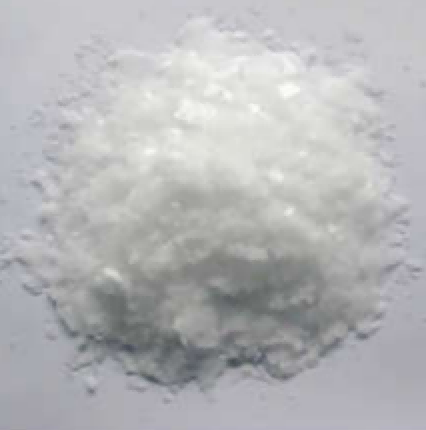1. Introduction
Sodium lauryl sulfate (SLS), also known as sodium dodecyl sulfate or natrium lauryl sulfate, is one of the most widely used anionic surfactants in everything from shampoos to herbicides. While effective at cutting grease and creating lather, SLS can cause skin irritation and environmental concerns if misused. This guide walks you through how to choose, use, and replace SLS safely—whether you’re making homemade skincare or mixing a lawn treatment.

2. Understanding Sodium Lauryl Sulfate and Its Role as a Surfactant
A surfactant—short for ‘surface-active agent’—reduces surface tension between liquids or between a liquid and a solid. The meaning of surfactant lies in its dual nature: one end attracts water (hydrophilic), and the other repels it (hydrophobic). Sodium lauryl sulfate is a classic anionic surfactant, meaning it carries a negative charge in solution. This makes it excellent for cleaning but potentially harsh on skin.
- Common names include sls sodium lauryl sulfate, na lauryl sulfate, and lauryl sulfate.
- Don’t confuse it with sodium laureth sulfate (also called sodium lauryl ether sulfate or sodium lauryl ether sulphate), which is milder due to ethoxylation.
3. Common Problems with Sodium Lauryl Sulfate—and How to Fix Them
Many users report dryness, redness, or itching when using products with high concentrations of SLS. In agriculture, overuse can damage plant tissue or reduce herbicide efficacy. Here’s how to troubleshoot:
3.1 Skin and Scalp Irritation

If your DIY shampoo stings or dries out your skin, you’re likely using too much SLS or pairing it poorly with other ingredients. Reduce concentration to 5–10% max, and always combine with amphoteric or non-ionic surfactants like cocamidopropyl betaine (also called coco betaine, amidopropyl betaine, or coco amido propyl betaine) to buffer irritation.
3.2 Poor Foam Stability in Hard Water
SLS performance drops in hard water due to calcium and magnesium ions. Add a chelating agent like EDTA or switch to sodium laureth sulfate, which maintains lather better under these conditions.
3.3 Herbicide Inefficiency
When using SLS as a surfactant for weed killer, ensure proper dilution—typically 1–2 teaspoons per gallon of water. Too little won’t help penetration; too much can burn grass. For sensitive lawns, consider a non-ionic surfactant like polysorbate 80 or a lawn wetting agent based on ethoxylated alcohol instead.
4. Safer and Gentler Alternatives to SLS

If you want to avoid SLS altogether, several effective substitutes exist. The best choice depends on your application:
- For shampoos and body washes: Try sodium cocoyl isethionate, sodium lauroyl sarcosinate (or lauroyl sarcosinate), decyl glucoside, or coco glucoside. These are mild, biodegradable, and often labeled as bio surfactants.
- For facial cleansers: Sodium cocoyl glutamate or sodium lauroyl methyl isethionate offer rich foam without stripping natural oils.
- For herbicides: Methylated seed oil or lignin sulfonate work well as surfactant for herbicides without harming beneficial soil microbes.
Avoid confusing anionic and cationic surfactants—mixing them (like SLS with cetyl trimethyl ammonium bromide or cetyltrimethylammonium bromide) can cause precipitation and reduce effectiveness.
5. Step-by-Step: How to Replace SLS in a DIY Shampoo
Follow these steps to formulate a gentle, sulfate-free cleanser:
- Step 1: Choose a primary surfactant like sodium coco sulfate (sometimes called coco sodium sulfate) or decyl glucoside.
- Step 2: Add a secondary surfactant such as cocamidopropyl betaine for foam boost and mildness.
- Step 3: Include a non-ionic surfactant like polysorbate 80 or pluronic 127 (poloxamer 188) to improve solubility and stability.
- Step 4: Avoid incompatible ingredients—never mix anionic surfactants like SLS with cationic ones like ammonium lauryl sulfate unless specifically formulated for compatibility.
- Step 5: Test pH (aim for 5.0–6.5) and adjust with citric acid if needed.
6. Where to Buy and What to Watch For
When searching for ‘sodium lauryl sulfate for sale,’ check purity and intended use. Cosmetic-grade SLS differs from industrial grades used in cleaners or agrochemicals. Reputable suppliers like Rohit Surfactants Private Limited offer technical data sheets—always review them. Also note that some products misleadingly list ‘sls sodium laureth sulfate’—this is incorrect; SLS and SLES (sodium laureth sulfate) are distinct compounds.
Avoid confusion with similarly named chemicals like sodium dodecylbenzene sulfonate or ammonium dodecyl sulfate, which have different properties and safety profiles.
7. Conclusion
Sodium lauryl sulfate is powerful but not always necessary. By understanding its role as an anionic surfactant and knowing how to pair or replace it with gentler options like alkyl polyglucoside, coco betaine, or nonionic surfactants, you can create safer, more effective formulations—for both your skin and your garden. Always prioritize compatibility, concentration, and purpose when working with any surfactant.
Our Website founded on October 17, 2012, is a high-tech enterprise committed to the research and development, production, processing, sales and technical services of ceramic relative materials such as How. Our products includes but not limited to Boron Carbide Ceramic Products, Boron Nitride Ceramic Products, Silicon Carbide Ceramic Products, Silicon Nitride Ceramic Products, Zirconium Dioxide Ceramic Products, etc. If you are interested, please feel free to contact us.


